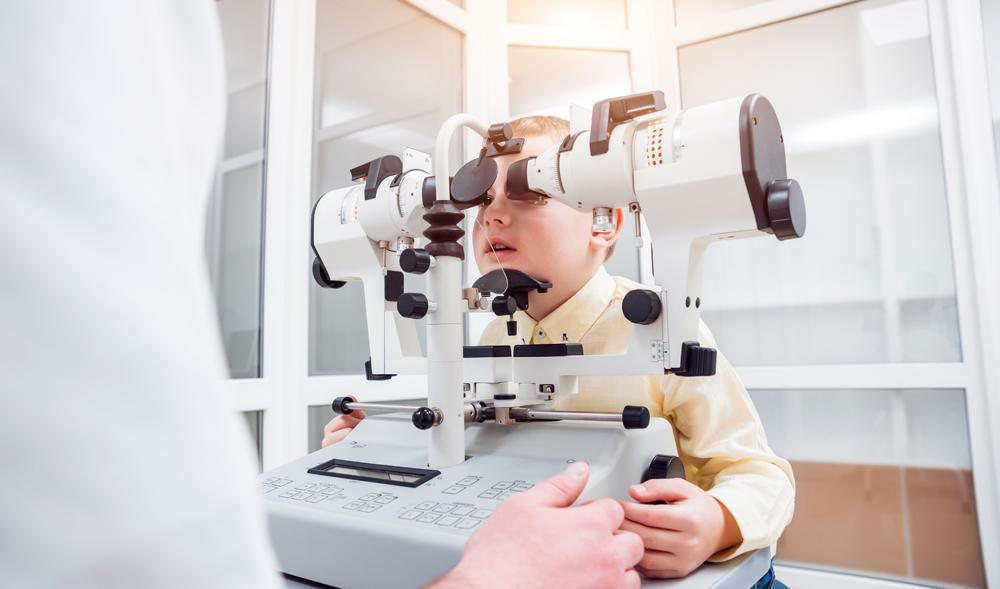Comprehensive Retina Service Near Me: Advanced Eye Health Care
Comprehensive Retina Service Near Me: Advanced Eye Health Care
Blog Article
The Duty of Advanced Diagnostic Tools in Identifying Eye Disorders
In the world of ophthalmology, the usage of innovative diagnostic devices has transformed the early identification and administration of different eye disorders. From finding subtle modifications in the optic nerve to keeping an eye on the progression of retinal conditions, these innovations play a critical role in improving the accuracy and effectiveness of detecting eye conditions. As the need for precise and prompt medical diagnoses proceeds to grow, the combination of advanced devices like optical comprehensibility tomography and aesthetic area screening has actually become essential in the realm of eye treatment. The elaborate interplay in between innovation and ophthalmic techniques not just loses light on elaborate pathologies yet likewise opens up doors to customized therapy techniques.
Significance of Very Early Diagnosis
Very early diagnosis plays an essential role in the effective administration and treatment of eye disorders. Prompt recognition of eye problems is important as it enables punctual intervention, potentially stopping further progression of the condition and reducing lasting complications. By finding eye problems at an early stage, doctor can use ideal treatment plans tailored to the specific problem, eventually resulting in far better end results for people. Moreover, very early medical diagnosis enables individuals to access necessary assistance services and resources earlier, enhancing their total top quality of life.

Modern Technology for Identifying Glaucoma
Innovative diagnostic innovations play an essential role in the very early detection and monitoring of glaucoma, a leading reason of irreparable loss of sight worldwide. One such modern technology is optical coherence tomography (OCT), which supplies thorough cross-sectional photos of the retina, enabling the measurement of retinal nerve fiber layer thickness. This dimension is important in evaluating damage triggered by glaucoma. An additional sophisticated device is aesthetic area testing, which maps the sensitivity of a person's visual area, assisting to detect any areas of vision loss quality of glaucoma. Furthermore, tonometry is used to determine intraocular pressure, a major danger factor for glaucoma. This test is essential as elevated intraocular pressure can bring about optic nerve damage. Newer technologies like the usage of man-made knowledge formulas in evaluating imaging data are showing encouraging results in the very early discovery of glaucoma. These sophisticated analysis tools allow eye doctors to diagnose glaucoma in its very early phases, permitting prompt intervention and far better look at more info management of the condition to stop vision loss.
Duty of Optical Comprehensibility Tomography

OCT's ability to quantify retinal nerve fiber layer density enables precise and unbiased measurements, aiding in the very early detection of glaucoma also before aesthetic field issues become evident. OCT modern technology permits longitudinal tracking of structural changes over time, assisting in tailored treatment plans and timely treatments to aid preserve individuals' vision. The non-invasive nature of OCT imaging likewise makes it a recommended option for monitoring glaucoma progression, as it can be repeated routinely without causing discomfort to the patient. On the whole, OCT plays an essential role in enhancing the diagnostic accuracy and administration of glaucoma, ultimately adding to far better outcomes for individuals in danger of vision loss.
Enhancing Medical Diagnosis With Visual Area Testing
An important element in detailed ophthalmic assessments, aesthetic area screening plays a critical role in enhancing the diagnostic procedure for various eye disorders. By assessing the full extent of a patient's visual area, this examination offers crucial information regarding the practical honesty of the entire aesthetic pathway, from the retina to the aesthetic cortex.
Aesthetic field testing find out is especially valuable in the diagnosis and monitoring of problems such as glaucoma, optic nerve problems, and different neurological conditions that can affect vision. With measurable dimensions of peripheral and main vision, medical professionals can find refined modifications that might indicate the visibility or development of these conditions, even before visible symptoms take place.
Additionally, aesthetic field screening permits for the tracking of treatment efficacy, helping ophthalmologists customize restorative treatments to individual people. eyecare near me. By tracking modifications in visual field efficiency over time, doctor can make educated choices regarding adjusting medications, recommending surgical treatments, or implementing various other proper actions to protect or improve a patient's visual function
Taking Care Of Macular Degeneration
Final Thought
In final thought, advanced analysis tools play a critical function in determining eye disorders early on. Technologies such as Optical Comprehensibility Tomography and visual field testing have considerably enhanced the precision and efficiency of diagnosing problems like glaucoma and macular deterioration.
Report this page